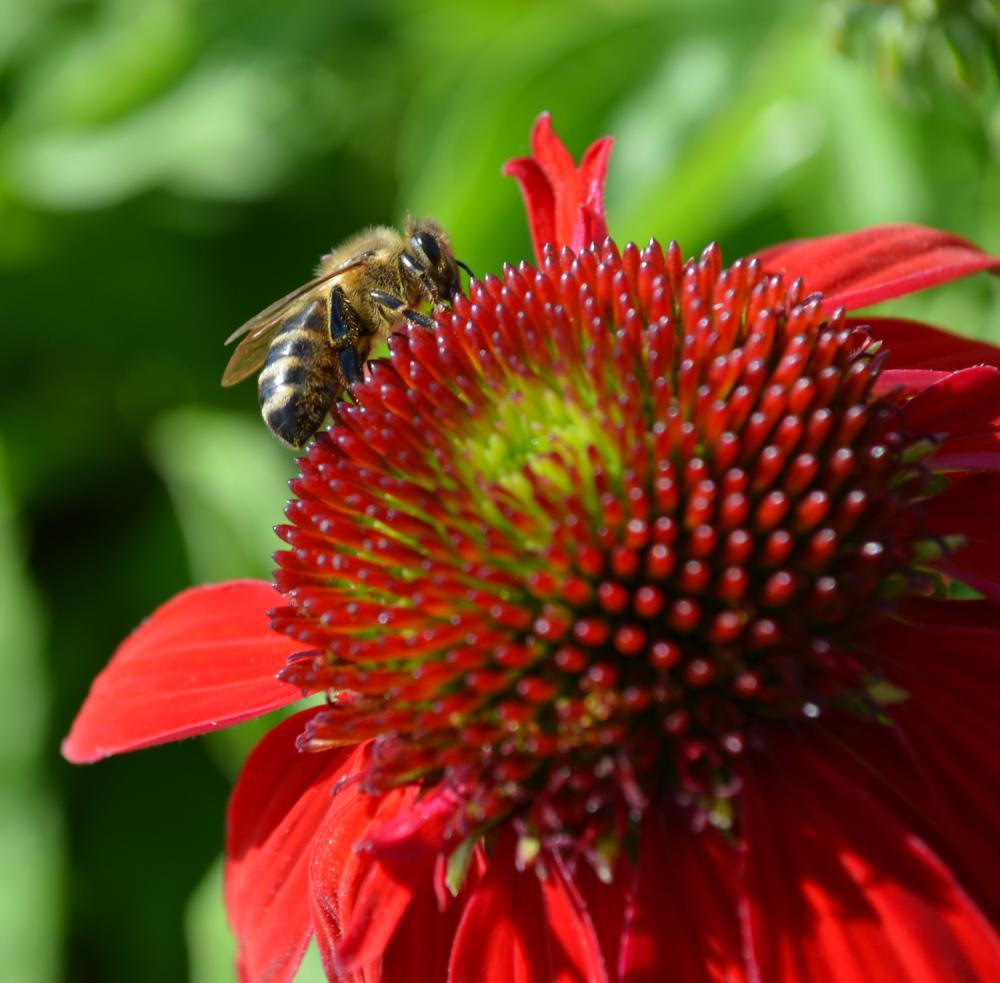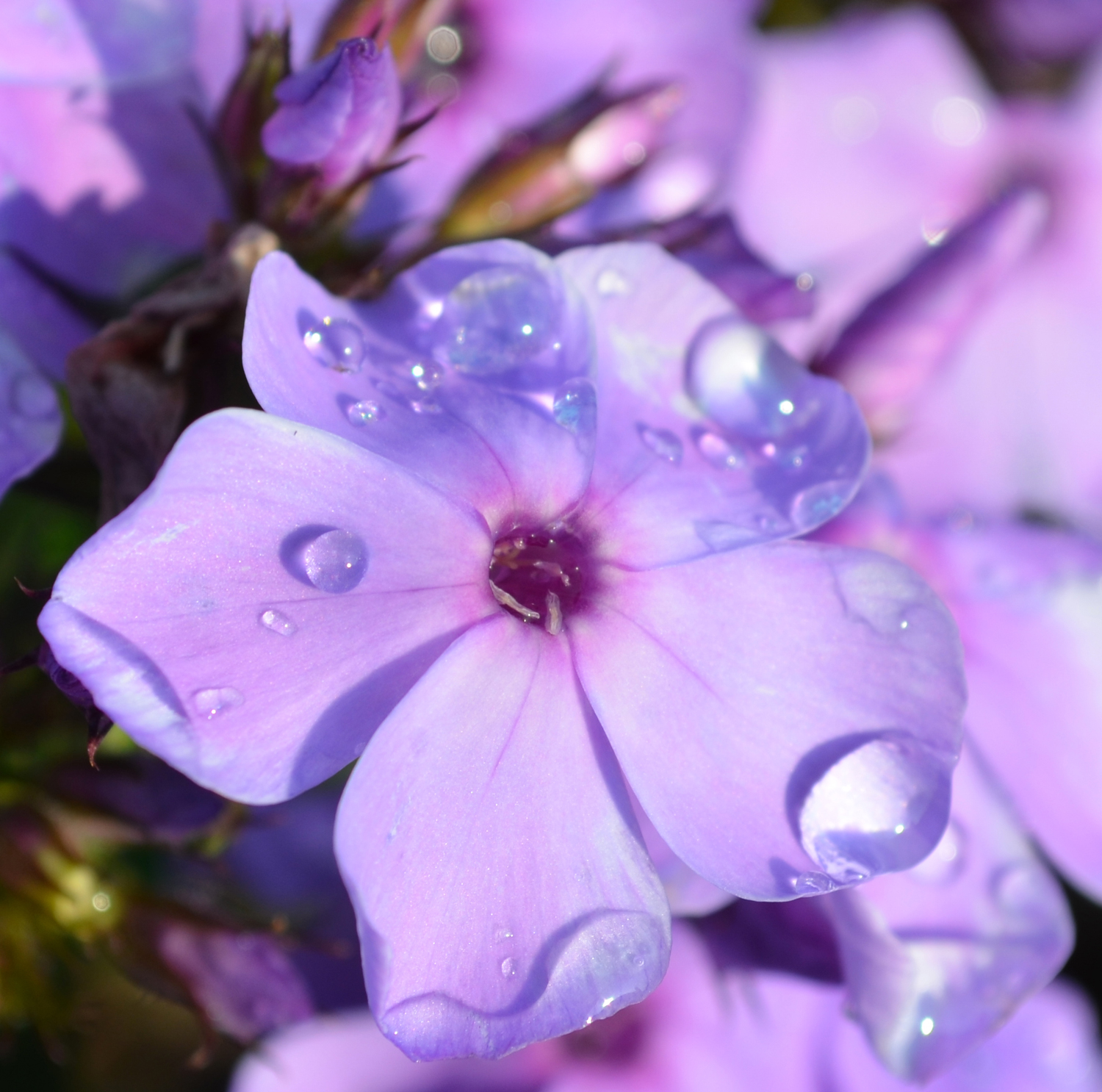Helictotrichon, Blue Oat Grass 'Sapphire'



Out of stock
Coming soon, still growing- Sun Preference
- Full-Sun
- Bloom Time
- May, June
Description
A striking clump forming perennial with highly ornamental blue foliage and spikes of tan flowers and seed in mid summer; evergreen in milder winters; cut to the ground in late winter in colder areas
Minnesota's Largest Selection of Perennials
Discover an unparalleled selection of perennials at Gertens! With the largest variety in Minnesota, we offer endless options of colorful perennials, natives, and pollinator plants to beautify your garden year after year. From vibrant flowers to lush foliage, our perennials are perfect for adding beauty and charm to your outdoor space. Visit Gertens today and see why we're known as Minnesota's Destination Garden Center!
Details
Plant Height: 18 inches
Flower Height: 3 feet
Spread: 3 feet
Sunlight: ![]()
Hardiness Zone: 3a
Other Names: Saphirsprudel Blue Oat Grass
Description:
A striking clump forming perennial with highly ornamental blue foliage and spikes of tan flowers and seed in mid summer; evergreen in milder winters; cut to the ground in late winter in colder areas
Ornamental Features
Sapphire Blue Oat Grass' attractive grassy leaves remain blue in color throughout the year. The tan seed heads are carried on plumes from mid summer to late fall. The flowers are not ornamentally significant.
Landscape Attributes
Sapphire Blue Oat Grass is an herbaceous evergreen perennial grass with a mounded form. It brings an extremely fine and delicate texture to the garden composition and should be used to full effect.
This is a relatively low maintenance plant, and is best cut back to the ground in late winter before active growth resumes. It has no significant negative characteristics.
Sapphire Blue Oat Grass is recommended for the following landscape applications;
- Border Edging
- General Garden Use
Planting & Growing
Sapphire Blue Oat Grass will grow to be about 18 inches tall at maturity extending to 3 feet tall with the flowers, with a spread of 3 feet. Its foliage tends to remain dense right to the ground, not requiring facer plants in front. It grows at a medium rate, and under ideal conditions can be expected to live for approximately 10 years.
This plant should only be grown in full sunlight. It prefers to grow in average to dry locations, and dislikes excessive moisture. It is not particular as to soil type, but has a definite preference for alkaline soils, and is able to handle environmental salt. It is highly tolerant of urban pollution and will even thrive in inner city environments. This is a selection of a native North American species. It can be propagated by division; however, as a cultivated variety, be aware that it may be subject to certain restrictions or prohibitions on propagation.
| SKU | Container Size |
| G0240 | #1 Container (1 Gallon) |
* Not all container sizes may be available at this time. See store for details on specific container size availability.
More Information
| Common Family Name | Blue Oat Grass |
|---|---|
| Gerten Grown Plants | Gerten Grown Plants |
| Sun Preference | Full-Sun |
| Bloom Time | May, June |
| Mature Spread (Range) | 24" - 36" |
| Mature Height (Range) | 13" - 24" |
| USDA Hardiness Zone | 3, 4, 5, 6, 7, 8 |


